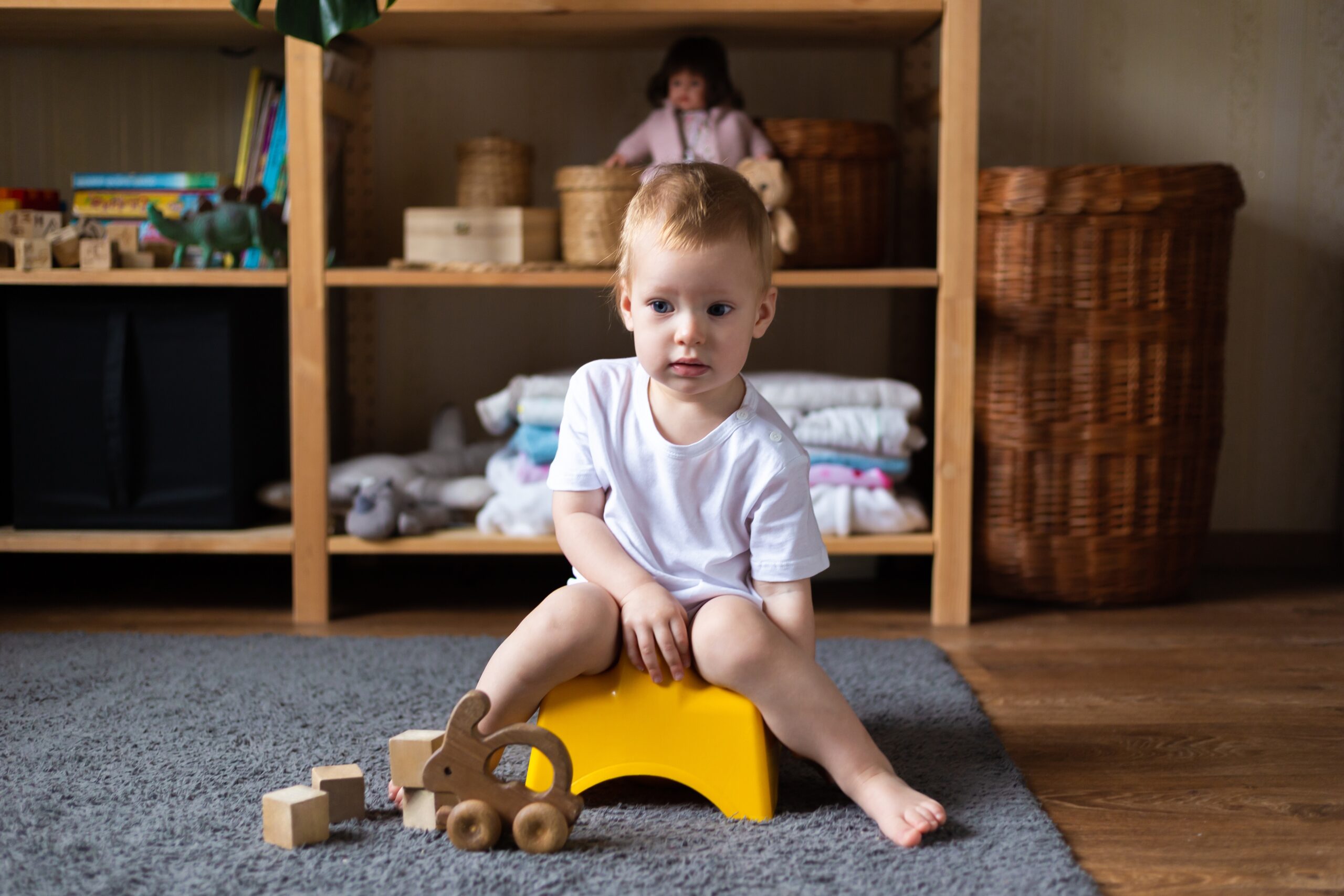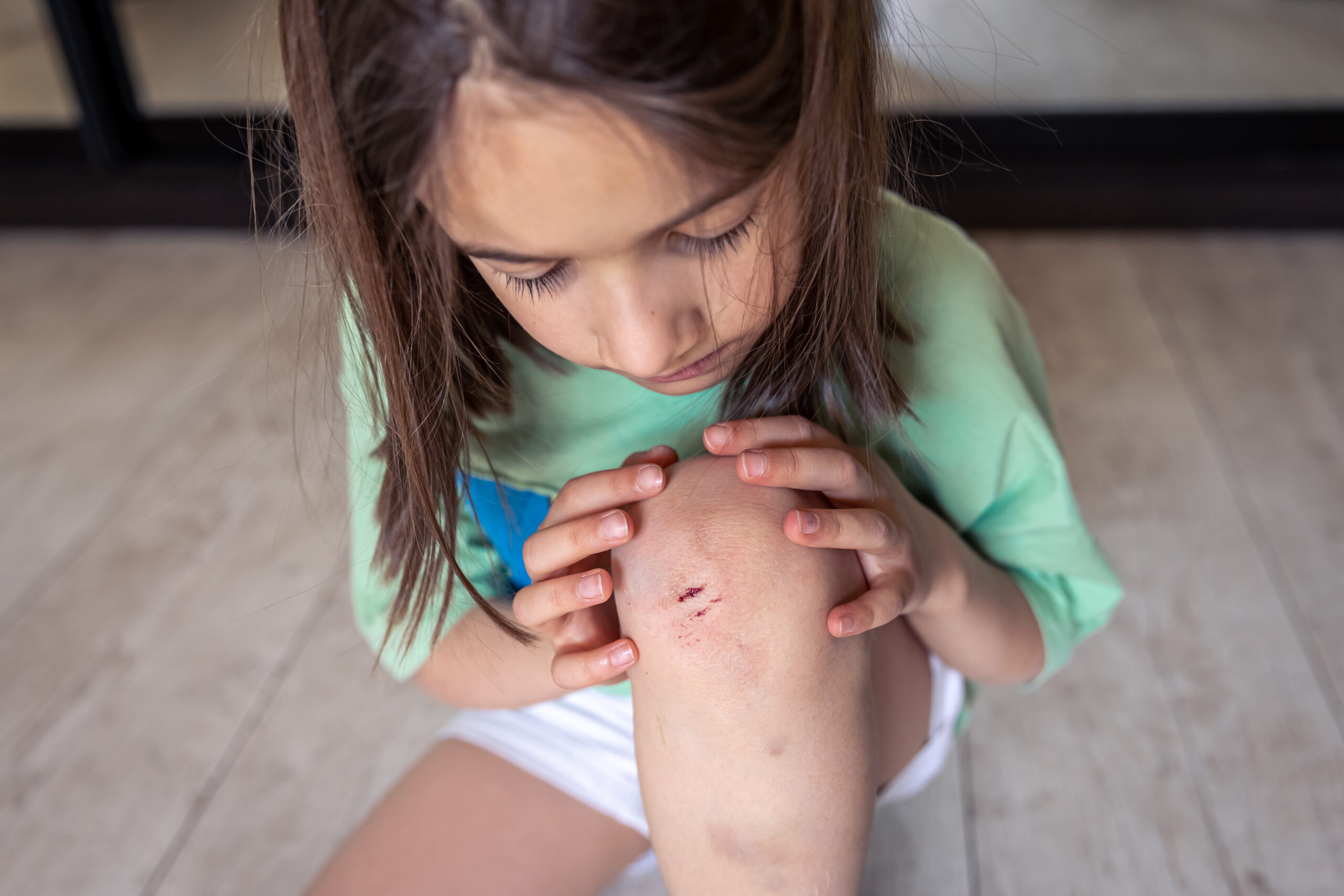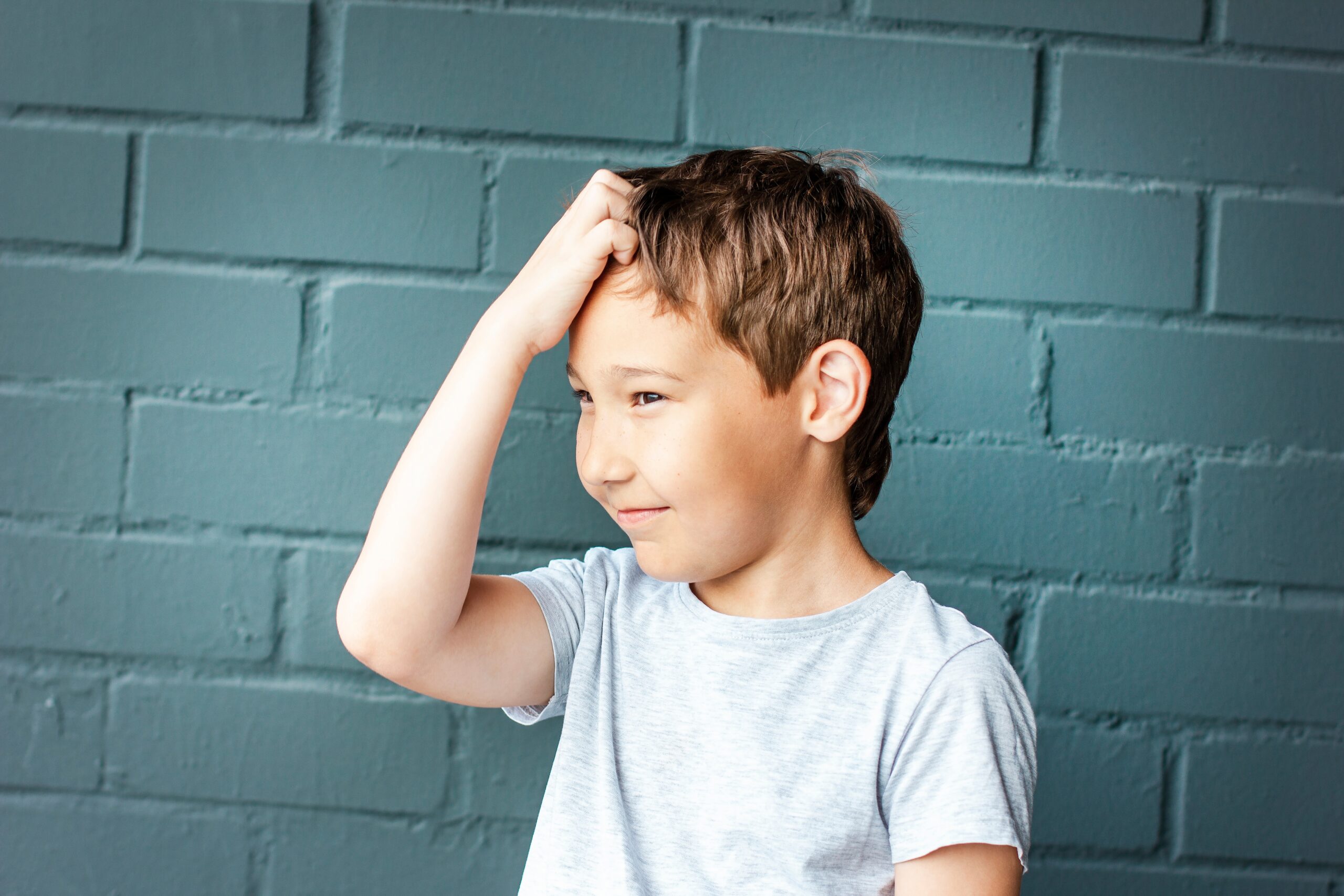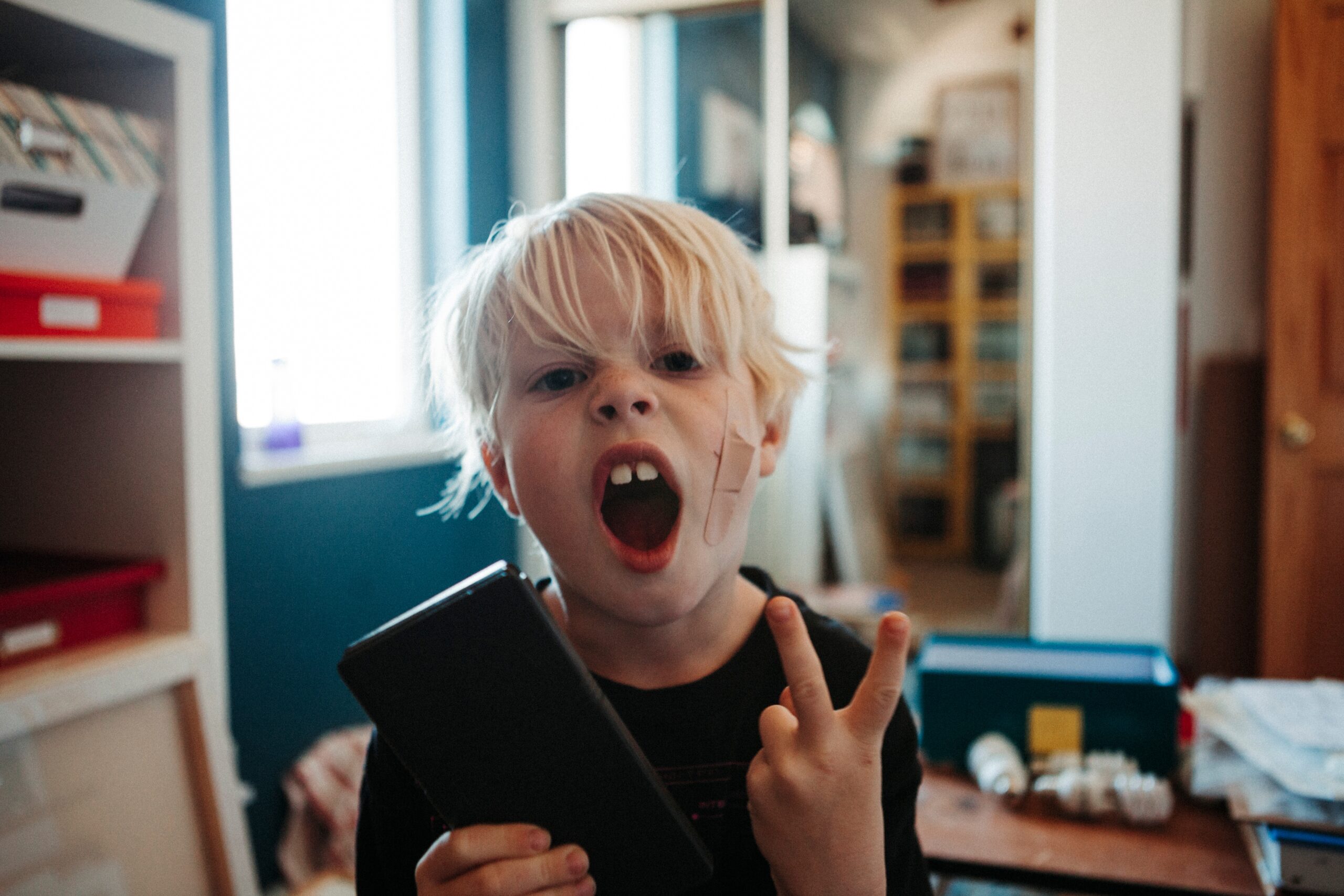Potty training is a major milestone in every child’s development, but when your child is on the autism spectrum, the journey can feel more complex and overwhelming. The good news? With the right strategies, patience, and consistency, to potty train a child with autism is absolutely achievable.
Having worked closely with many children on the spectrum—each with their own unique set of strengths and challenges—I’ve learned that there is no universal method for potty training. What works for one child might not work for another, and flexibility is key. In this article, you’ll learn how to recognize signs of readiness, establish a routine, use visual supports, and overcome common challenges—all while honoring your child’s individuality.
There Is No One-Size-Fits-All Potty Training Method
Let’s begin by recognizing a crucial truth: there isn’t a “perfect” system that works for every child with autism. Some strategies may need to be adjusted multiple times throughout the process, and that’s okay.
The goal of potty training isn’t perfection—it’s progress. As a parent or caregiver, your role is to observe, adapt, and support. By focusing on readiness rather than rigid timelines, you’re setting your child up for long-term success.
Step 1: Recognize the Signs of Readiness
Trying to potty train a child with autism too early can lead to frustration for both you and your child. Potty training tends to be more successful when your child shows signs that they’re ready. Here’s what to look for:
-
Physical signs: Pulling at a wet or dirty diaper, trying to remove it, or staying dry for longer periods.
-
Behavioral signs: Hiding or squatting when they need to poop.
-
Curiosity: Watching others use the bathroom or expressing interest in the toilet.
-
Discomfort: Showing that they dislike being wet or soiled.
If your child isn’t showing these signs yet, don’t rush. Instead, introduce the concept gradually in a calm, pressure-free way. Let them observe, explore, and build familiarity.
Step 2: Observe and Prepare
Before diving into a full potty training routine, spend some time observing your child’s behavior and preparing their environment:
-
Watch for cues: Note behaviors like wiggling, hiding, or meltdowns that may signal they need to go.
-
Track timing: Keep a log of when they usually urinate or have bowel movements.
-
Introduce the concept: Talk about the toilet using simple language. You might say, “This is the toilet. We use it to pee and poop.”
-
Use modeling: Let them see you or older siblings use the toilet so they understand its purpose.
-
Use media: Books and videos about potty training can help normalize the process and make it more relatable.
Create a welcoming bathroom environment. A small potty chair or child-friendly toilet seat with fun elements (stickers, lights, or soft textures) can make the bathroom a more inviting space.
Step 3: Build a Simple, Predictable Routine
Routine is essential for children with autism. Structure provides a sense of security and can reduce anxiety.
-
Start slow: Have your child sit on the potty fully clothed for a few minutes to get used to it.
-
Progress gradually: Next, try sitting without a diaper, but don’t pressure them to produce results.
-
Use a timer: Set reminders every 15–20 minutes for potty trips. Adjust based on your child’s unique schedule.
-
Encourage hydration: Offering plenty of fluids can increase opportunities for practice—but this isn’t a requirement for every child.
Be consistent with your routine, and offer gentle encouragement along the way.
Step 4: Use Visual Supports and Clear Communication
Many children with autism respond well to visual aids and straightforward language.
-
Visual schedules: Create a step-by-step chart with pictures showing each part of the potty routine (e.g., pull down pants, sit, wipe, flush, wash hands).
-
Books and stories: Use picture books about potty training to reinforce what they’re learning.
-
Simple language: Stick to 1–2 word commands, such as “Sit,” “Flush,” or “Wash.”
The goal is to make the process predictable and easy to follow.
Step 5: Reinforce and Celebrate Success
Positive reinforcement is a powerful motivator. Celebrate every win—big or small.
-
Praise: Offer enthusiastic verbal praise when your child participates in the process, even if they don’t succeed every time.
-
Rewards: Use small treats like stickers, favorite snacks, or toys as incentives.
-
Special activities: Let your child engage in a beloved activity (like drawing or using a tablet) only during potty time to increase motivation.
Remember, success includes trying, not just results. Every small step deserves recognition.
Step 6: Handle Accidents with Patience
Accidents are a normal part of potty training. How you respond matters.
-
Stay calm: Avoid scolding or showing frustration. This can create fear or shame.
-
Encourage: Say something like, “Next time, let’s try to get to the potty together.”
-
Avoid reverting to diapers: Using diapers during the day can send mixed signals. Try training underwear instead so they can feel the difference between wet and dry.
Consistency and a positive attitude will help your child feel safe and supported as they learn.
Tips for Common Potty Training Challenges
Every child is different, and challenges are to be expected. Here are some common ones and how to manage them:
Fear or Resistance
-
Use a small potty chair: A full-sized toilet can feel intimidating.
-
Play pretend: Use dolls or action figures to demonstrate how to use the potty.
-
Gradual exposure: Let your child sit on the toilet with the lid down, then progress to sitting with it open.
Sensory Sensitivities
-
Noise sensitivity: If flushing is distressing, try noise-canceling headphones or flush after they’ve left the room.
-
Comfort: Use padded potty seats and allow your child to bring a favorite toy into the bathroom for comfort.
Preference for Privacy
-
Quiet space: Let your child use the potty in a quiet, low-stimulation area if that makes them more comfortable.
-
Respect solitude: Some children prefer to be alone when using the bathroom. If safe and possible, allow them some independence.
Encouraging Independence
-
Step-by-step guidance: Teach your child to manage their potty routine with minimal supervision.
-
Gradual fading: Over time, reduce your level of assistance to help them become more self-sufficient.
How to Potty Train a Child with Autism – Final Thoughts
Potty training a child with autism is not a race—it’s a journey. Success lies in patience, observation, and a willingness to adapt. Celebrate the small victories, be kind to yourself and your child, and remember: progress looks different for every family.
You’ve got this.
Also read: How to Stop Kids with Autism from Picking at Scratches or Wounds
About Olga Sirbu
My name is Olga Sirbu, I am a Board Certified Behavior Analyst (BCBA) and Licensed Applied Behavioral Analyst. My goal is to support and empower families and individuals on the autism spectrum.
Autism Advance is dedicated to training parents and caregivers, providing practical tips, and teaching individuals how to educate kids with autism.
I share evidence-based practices to help you better understand and support individuals with autism. Learn practical strategies to help individuals with autism reach their full potential, as well as gain a deeper understanding and acceptance of autism.
Thank you for considering Autism Advance as a resource for your autism journey.







